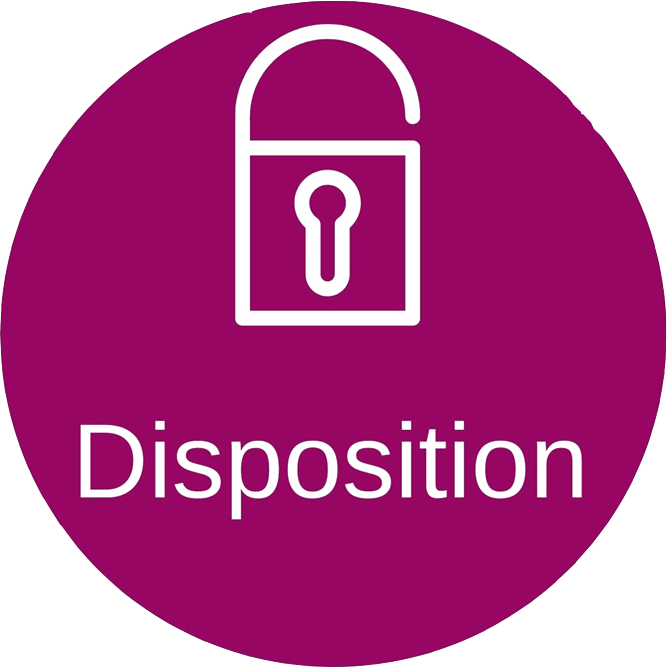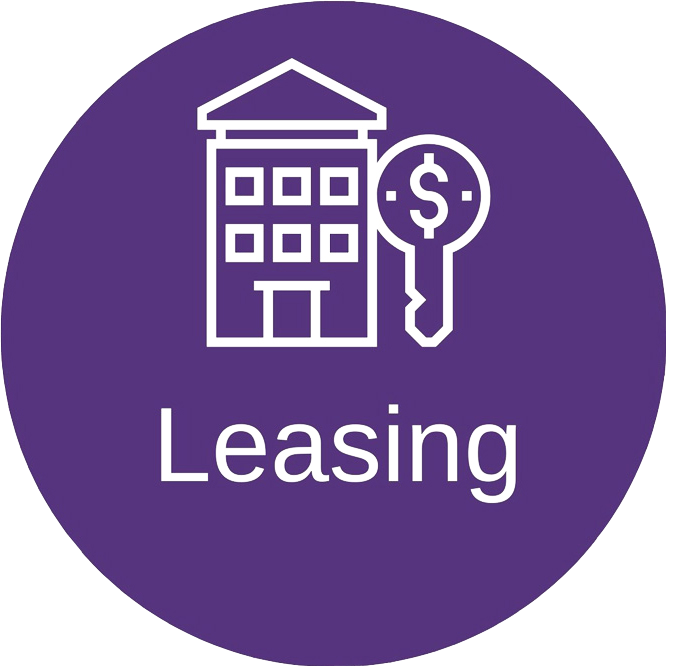The rate of loans backing office properties that are considered distressed or delinquent is on the rise as landlords of outdated office towers struggle to refill vacant spaces and cash flow on those buildings becomes a bigger challenge.
A recent analysis by New York-based credit-ratings agency Kroll Bond Rating Agency LLC, also known as KBRA, found the rate of delinquent or specially serviced commercial mortgage-backed securities 2.0 loan volume hit 6.8% in August, up from 4.5% in June 2022. CMBS 2.0 refers to conduit loans issued after the global financial crisis of the late 2000s, when the majority of current CMBS deals were financed.
The loans analyzed by KBRA represent about $600 billion in commercial real estate debt, which translates to about 13% of the entire $4.5 trillion commercial real estate debt market, but it sheds some light on which property types and metro areas are seeing distressed loans pile up most.
Across the nation’s top 20 markets, the overall distress rate of CMBS loans in August was 7.2%, according to KBRA, with Chicago topping the list at 22.7%, followed by Denver (19.1%), Philadelphia (14.2%) and San Francisco (13.9%).
Specifically, the office sector’s distress rate grew the most across the top 20 MSAs between last summer and this one, with 15 of those MSAs seeing an increase in distress-rate level.
One exception was Orlando, Florida, which posted a decline in its office distress rate between June 2022 and August 2023, but its current office distress rate of 9.1% remains higher than the national office distress rate of 8%.
The distress rate among the top markets grew significantly between June 2022 and August 2023. In Chicago, it increased from 12.5% last June to 22.7% in August. In Denver, the rate increased from 4.9% to 19.1%.
Roy Chun, senior managing director and head of CMBS surveillance at KBRA, said a smaller number of loans backing large, high-profile office properties or portfolios is typically driving major markets’ distress rates higher. But, he added, some markets are seeing an increase because of the dynamics of other property types, such as in Houston, where the lodging delinquency rate is 56.1%.
Chun said commercial real estate loan distress isn’t quite where it peaked during the global financial crisis, which hit the residential and commercial real estate markets hard, but because it takes a while for office leases to expire, there’s still more to come in the current period.
An analysis this summer by CoStar Group Inc. found 55% of office leases signed before the pandemic that were active in January 2020 had not yet expired, meaning there’s still a lot of potential vacancy or space reductions to hit the market.
The overall delinquency rate peaked at 10.2% in 2012 in the wake of the global financial crisis, with office peaking at 10.5% during that period. Multifamily fared worse, at 15.4%, according to KBRA data.
During the peak of the Covid-19 pandemic, the overall delinquency rate was 9.8%, with lodging reaching 23%. The distress rate among hotel properties has since decreased significantly, to 7.2% this summer, by KBRA’s analysis.
Outside of office — a property type Chun and other analysts expect will experience more widespread distress in the coming months and years — sectors like hotels and retail will likely hold steady, Chun said. Multifamily’s loan distress rate remains low, at 3.8% nationally this summer, although it’s ticked up since the pandemic.
Chun attributed that increase to a few highly levered, high-profile multifamily projects financed on a floating-rate basis at very low rates that ultimately caught up with those borrowers as the Federal Reserve began raising interest rates starting in the spring of 2022.
“It put a lot of stress on them being able to cover debt service as opposed to underlying performance issues,” he said.
Questions remain in office sector
Office continues to be the most closely watched sector, as how companies and people will use office space continues to remain murky.
The post-Labor Day return-to-the-office dynamic appears to have had muted results, at least by one popular metric of the office-using world. According to Kastle Systems International LLC’s data, which tracks badge-swipe activity in about 2,600 office properties, physical occupancy of offices across 10 major U.S. cities the week of Sept. 6 was 47%. That’s actually a slight decrease from the 47.3% rate observed the week prior and roughly on par with occupancy observed across those markets for several months.
The ultimate question is: What happens when delinquent or specially serviced office loans come due?
Like others, Chun said it’s likely some borrowers will seek some kind of extension on their loan maturities — and some of those deals are getting done, even in the current challenging environment.
“It might cost [borrowers] some amount of money to cover the loan, but that might be better than taking out an 8% mortgage,” he said. “I think we’re going to see borrowers asking for extensions and, if they’re committed to the property, I think those extensions will happen.”
Still, he said, there are more borrowers now than a year ago giving the keys back on troubled office properties. That’s because, for some owners, it doesn’t make sense to put more money into a building that, for example, is 60% occupied in a weak office market that has a plethora of outdated, increasingly vacant towers.
Holly MacDonald-Korth, CEO and president of KDM Financial — a middle-market commercial real estate lender based in Miami — said it’s become more challenging to find deals that make sense. Still, she said, her firm is finding business across a variety of asset classes where sponsors have enough liquidity to lower a deal’s overall leverage.
“Underwriting office has really been turned on its head,” she said. “You used to look for credit tenants, the major household names with giant footprints, 50,000 square feet in a building. Now that’s what you don’t want [because] you know they’re going to downsize or not renew their lease.”
In evaluating potential office loans in the current marketplace, her firm is looking at whether a building’s leases were signed post-pandemic; if any large companies leasing space have already downsized; buildings that are 75% to 80% occupied; and whether a building’s tenants require the public to come in to see them, such as dentists, attorneys and accountants.
“Those are the kinds of offices that will weather this storm,” she said, adding that while corporations are trying to bring people back, it’ll likely take another few years for in-office consistency to stick.
While there’s rising delinquency among commercial real estate loans and plenty to watch in the office market, MacDonald-Korth said she’s not sure if there will be a big cliff of defaults. Rather, she said, it’ll likely be more of a slow grind.
And for some markets, Chun said, there’s distress that’s still to come that’s not yet showing up on the radar. By KBRA’s analysis, San Jose, California, and San Francisco had office delinquency rates of 0.9% and 3.8%, respectively, as of August. Those are markets with a heavy tech industry concentration that’ve seen plenty of headwinds, including a significant amount of sublease space, record-high vacancy and issues in other property types, such as downtown San Francisco retail.
“It might take as much as a couple of years for that to play out in those markets, depending on the nature of the leases,” Chun said.




